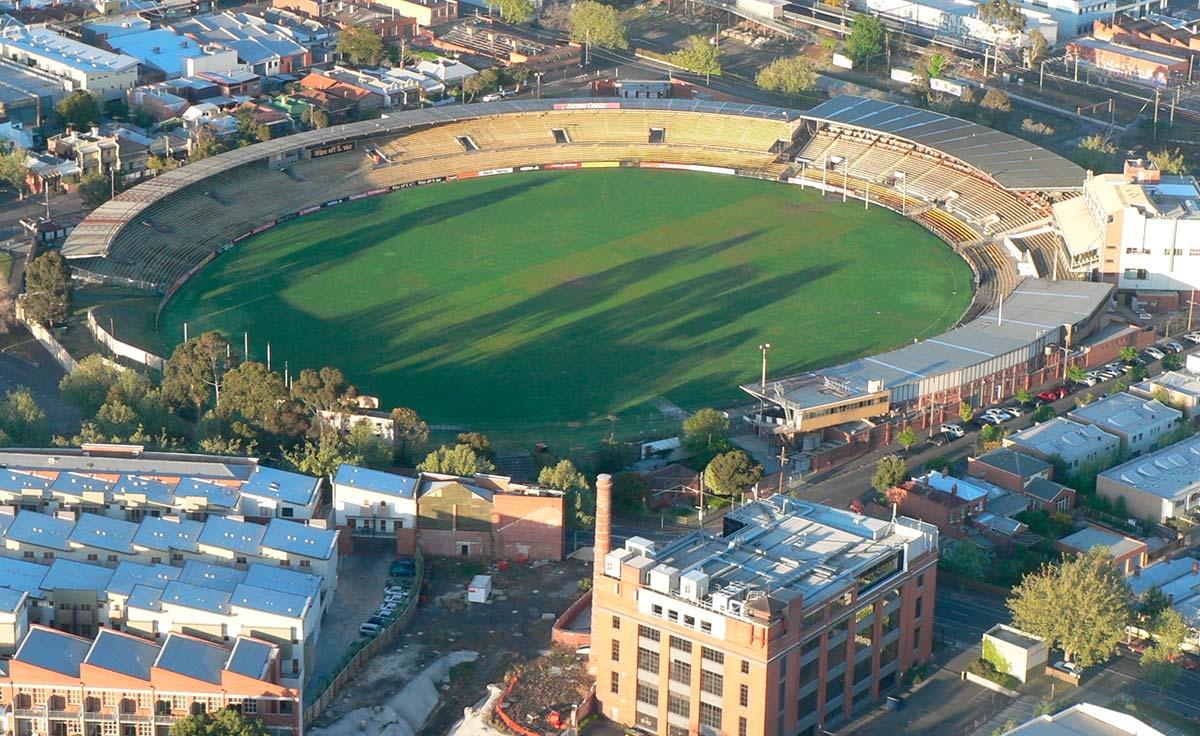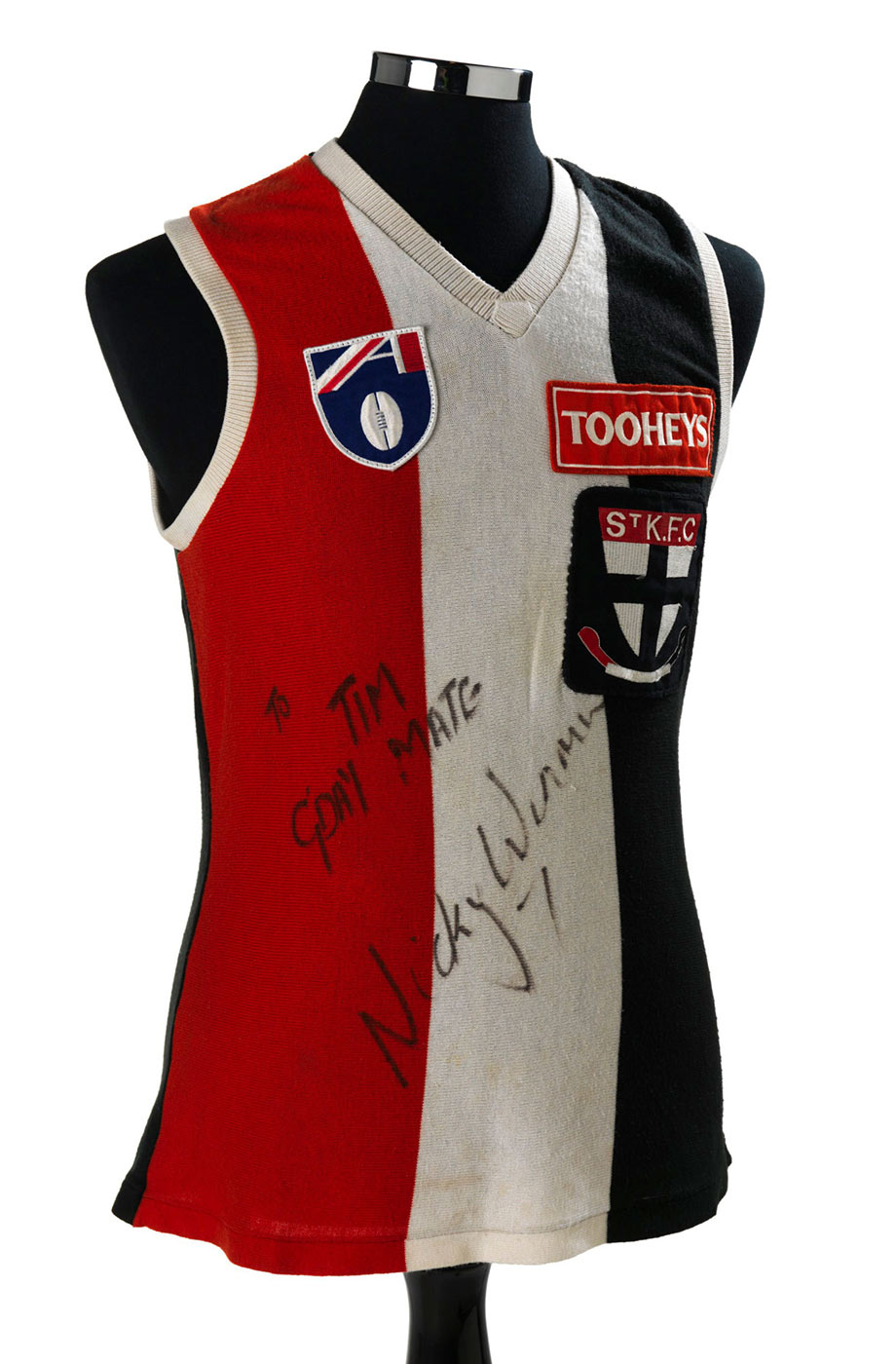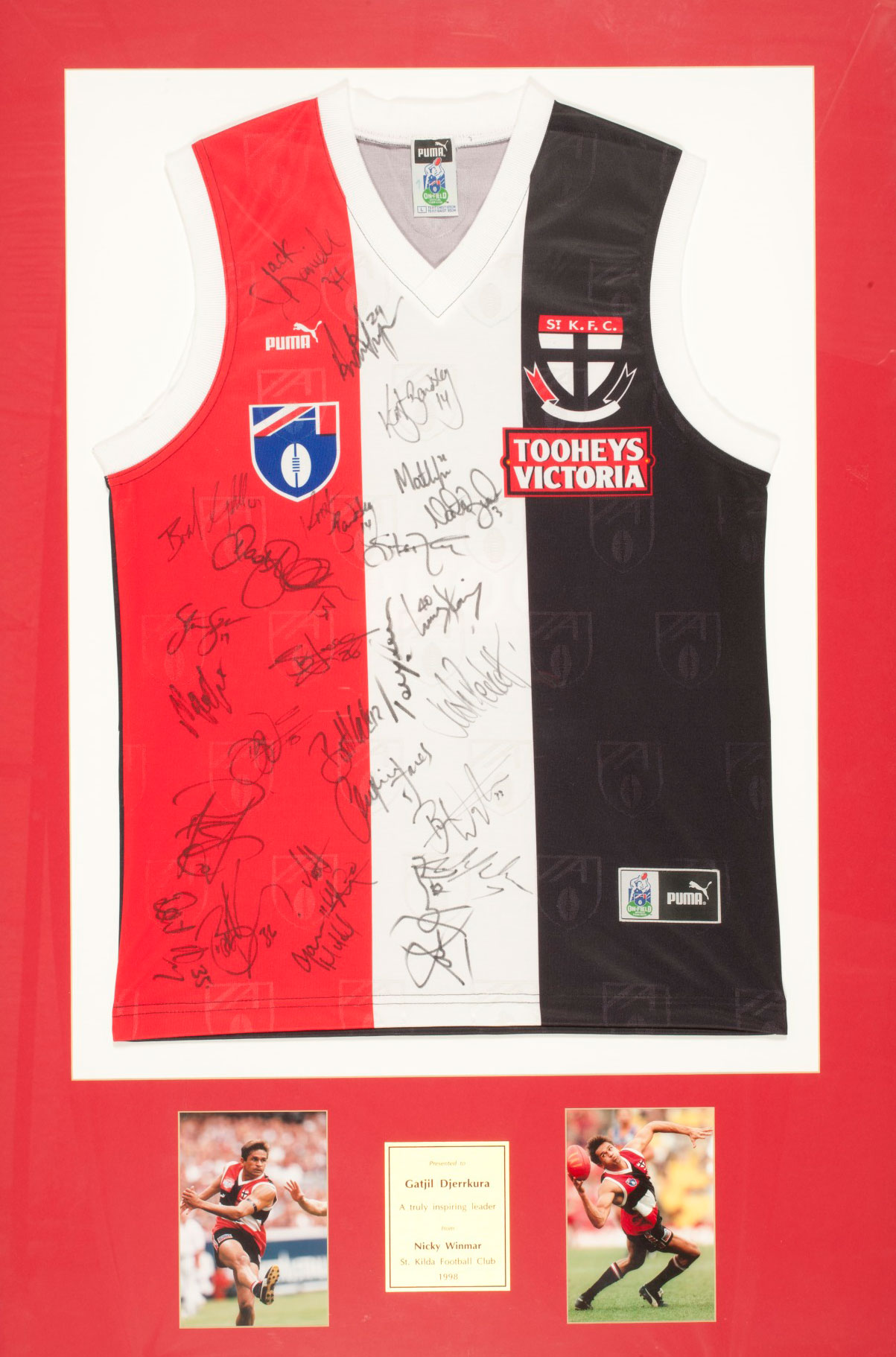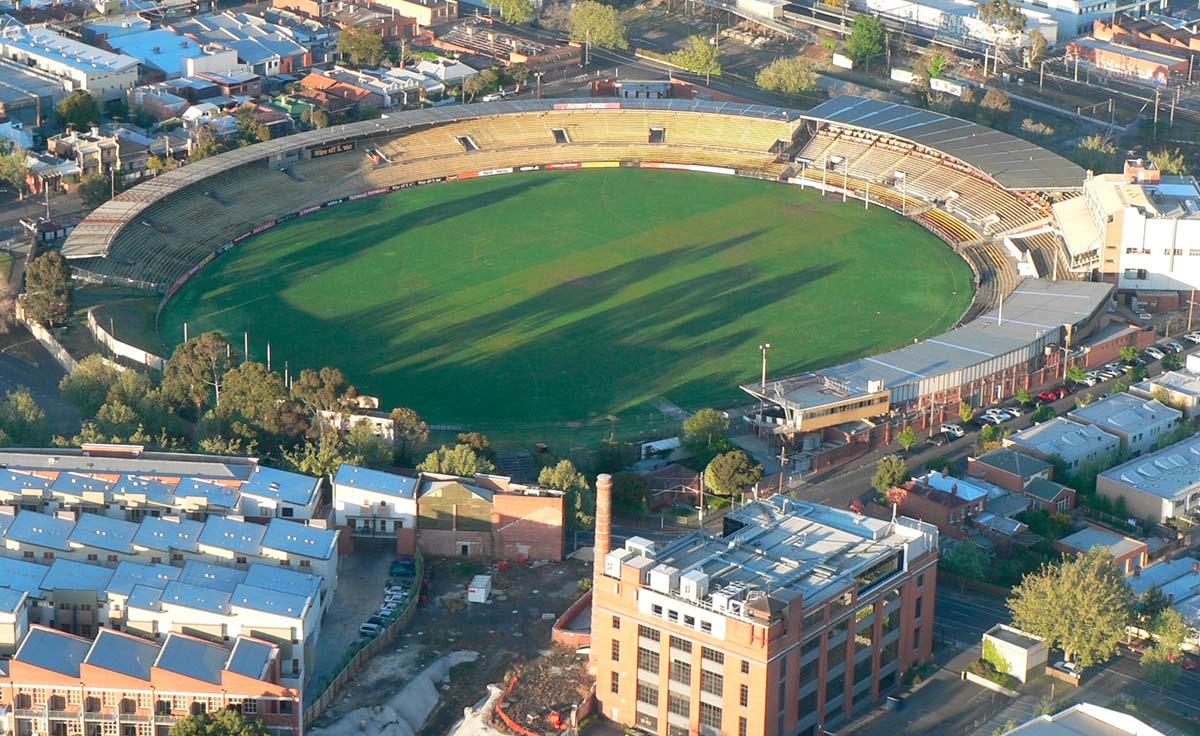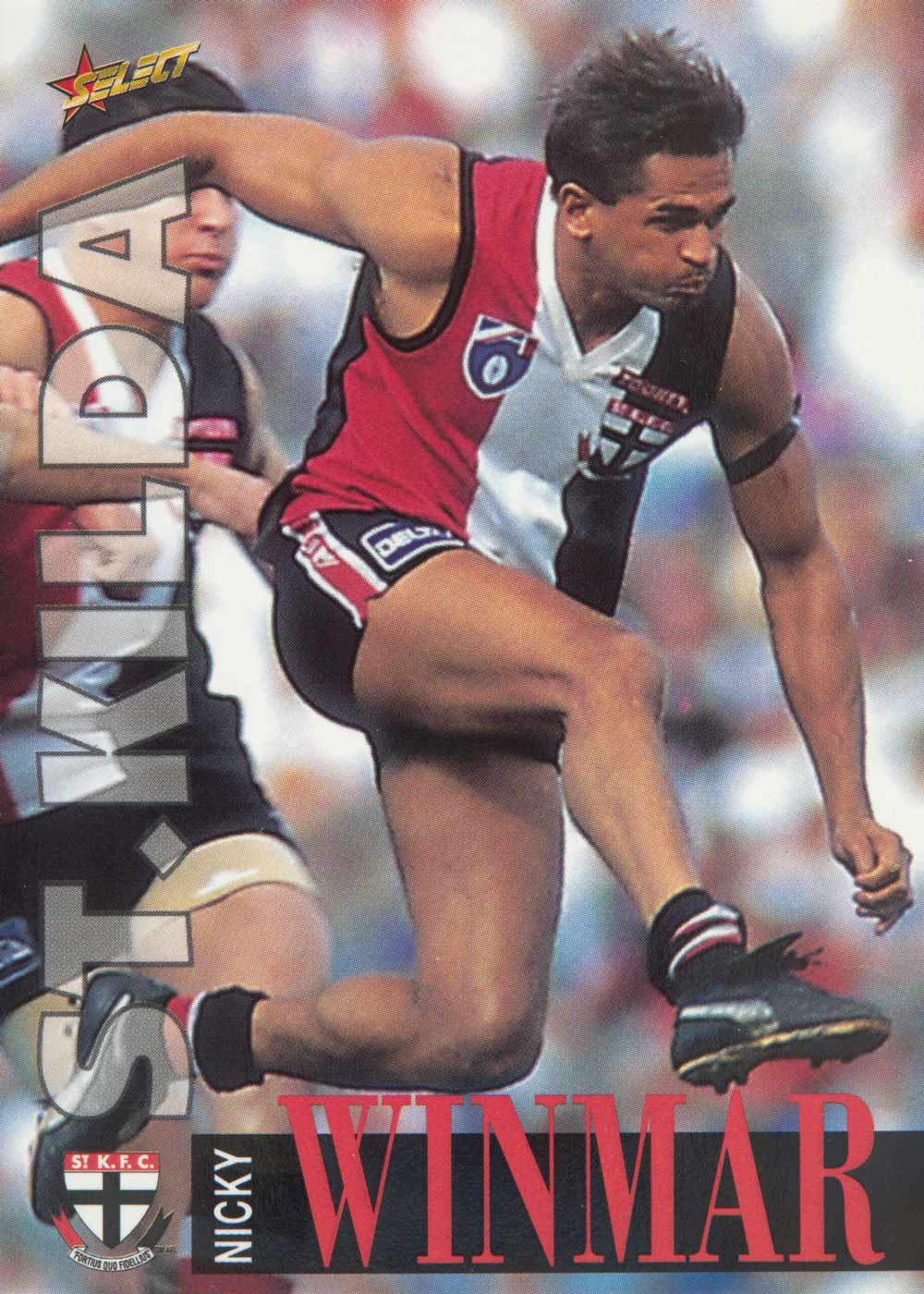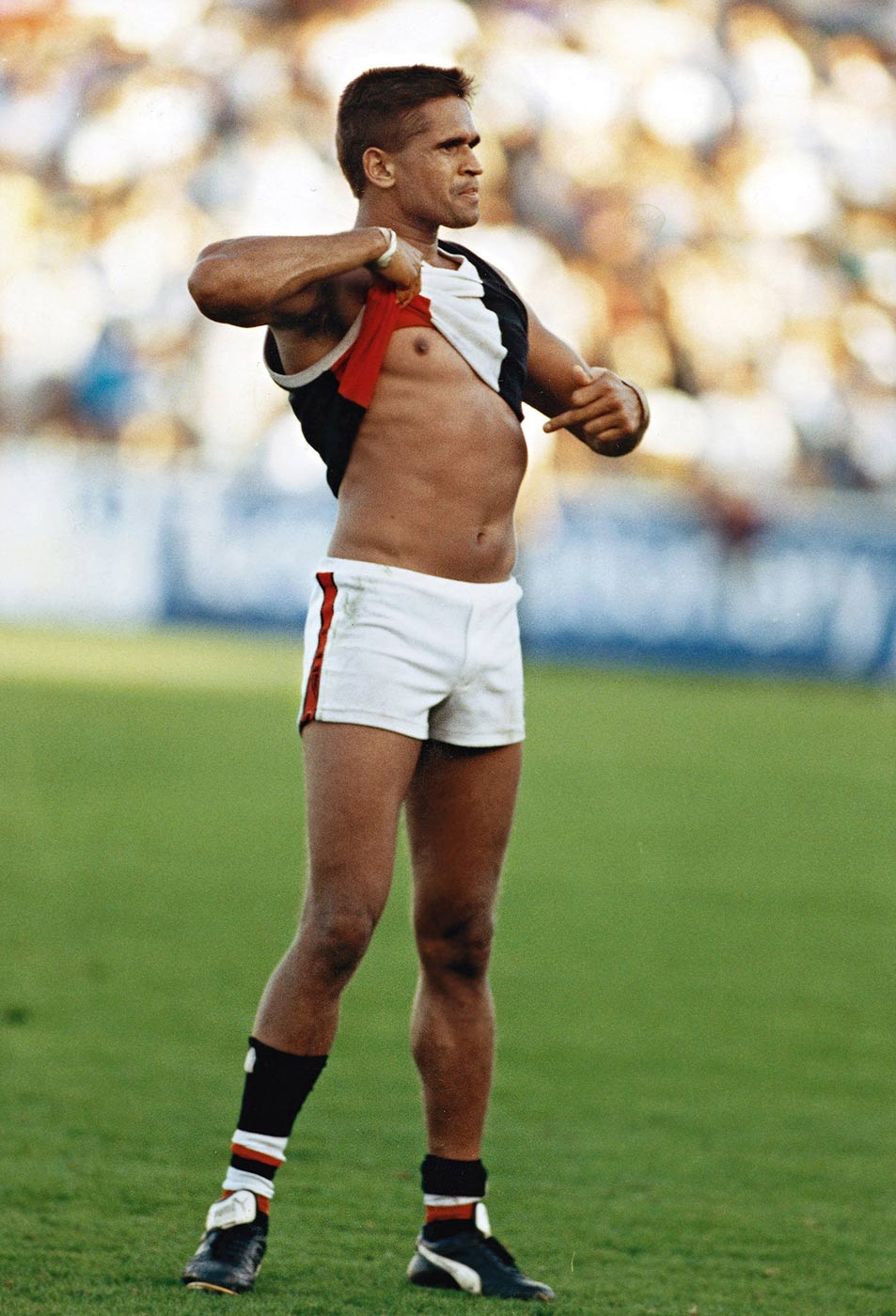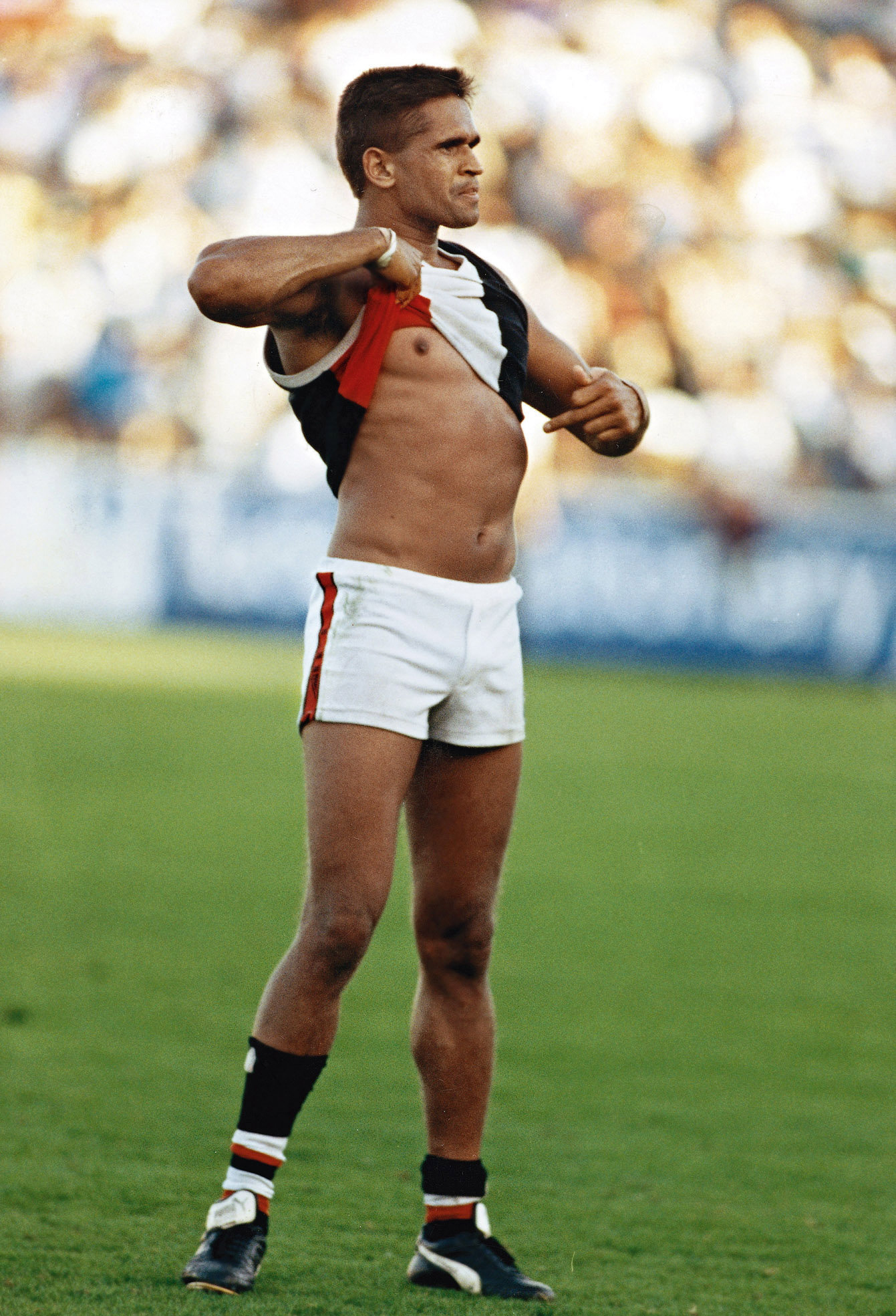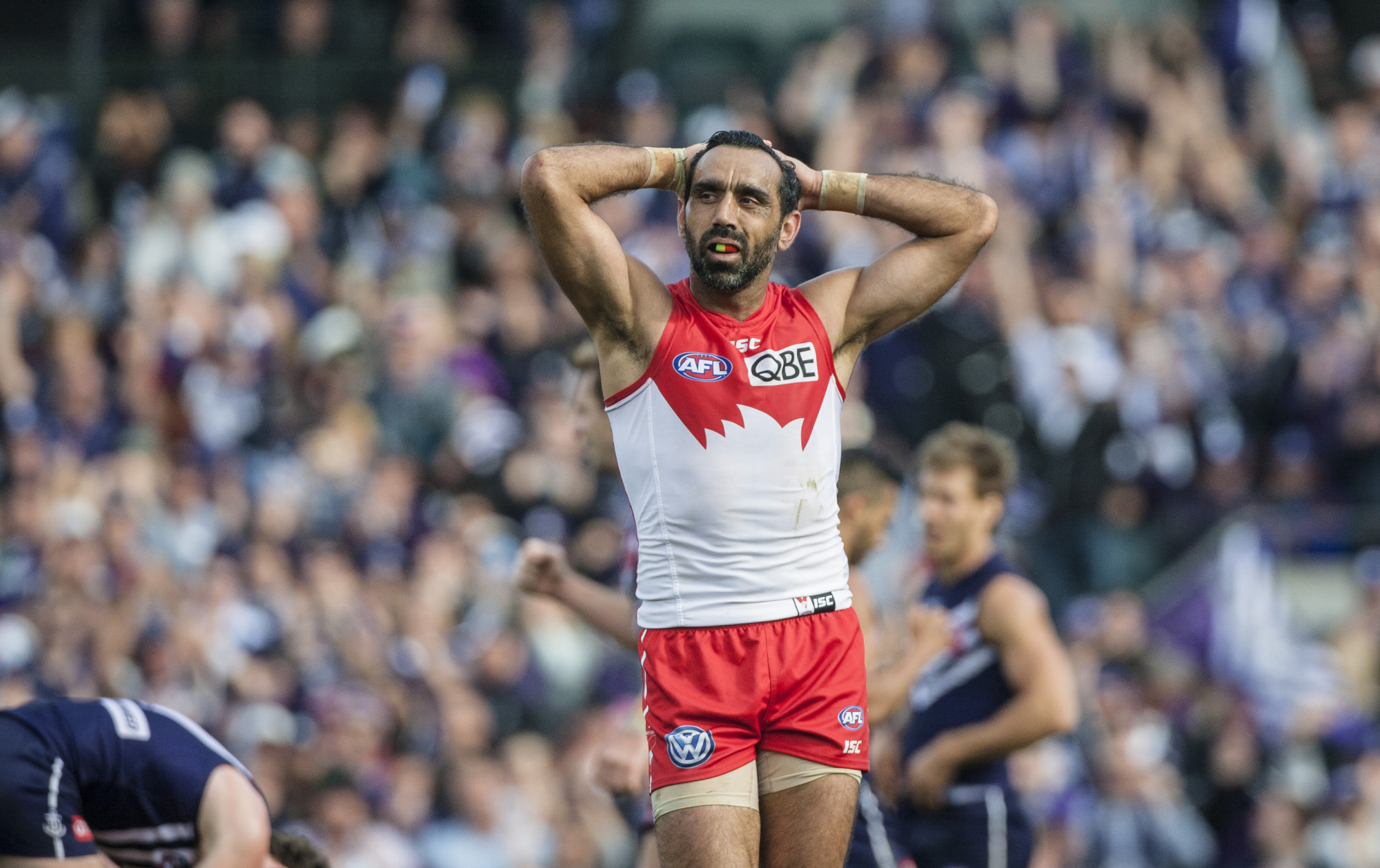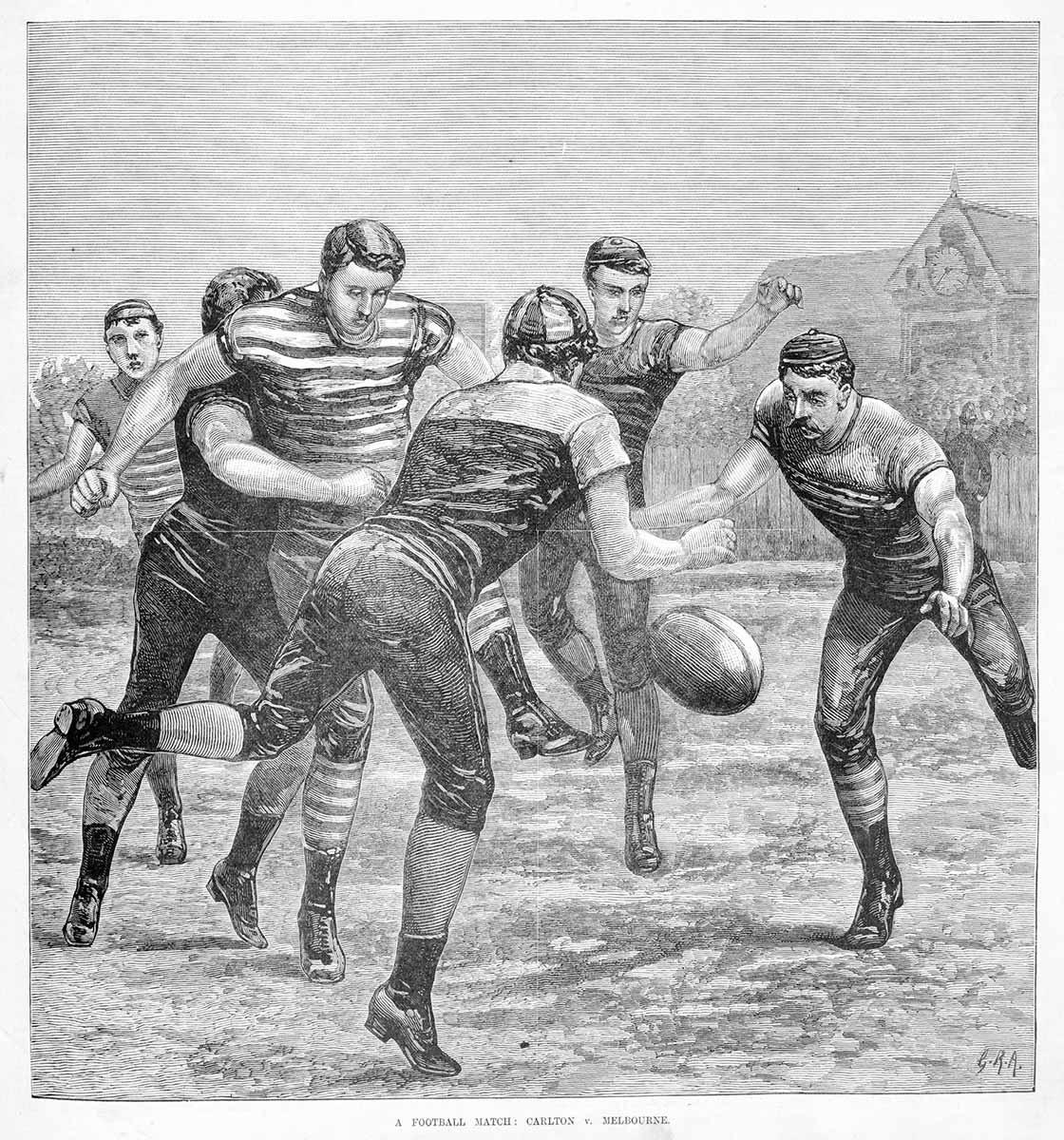‘Proud to be black’
1993: AFL player Nicky Winmar responds to racist abuse from spectators
‘Proud to be black’
1993: AFL player Nicky Winmar responds to racist abuse from spectators
In a snapshot
On 17 April 1993 Nicky Winmar, an Aboriginal Australian Football League (AFL) player, stood defiantly in front of spectators who had been yelling racial abuse at him. He lifted his jersey and pointed at his skin, shouting ‘I’m black and I’m proud to be black’. Until then Aboriginal and Torres Strait Islander AFL players had put up with racial abuse on the field from spectators and other players. Winmar’s stand, which was captured in famous photographs, led to a code of conduct that was the first of its kind in Australia.

 Can you find out?
Can you find out?
1. Who is Nicky Winmar?
2. What happened at the end of the AFL game between Collingwood and St Kilda in April 1993?
3. How did Winmar’s actions change the AFL?
What is the history of racism against Aboriginal players in Australian football?
There have always been champion Aboriginal footballers but many have been racially abused by supporters and other players. In 1991 journalist Caroline Wilson investigated racism in the AFL. She showed that Aboriginal and Torres Strait Islander players across the league were racially abused during games and some had even received death threats.
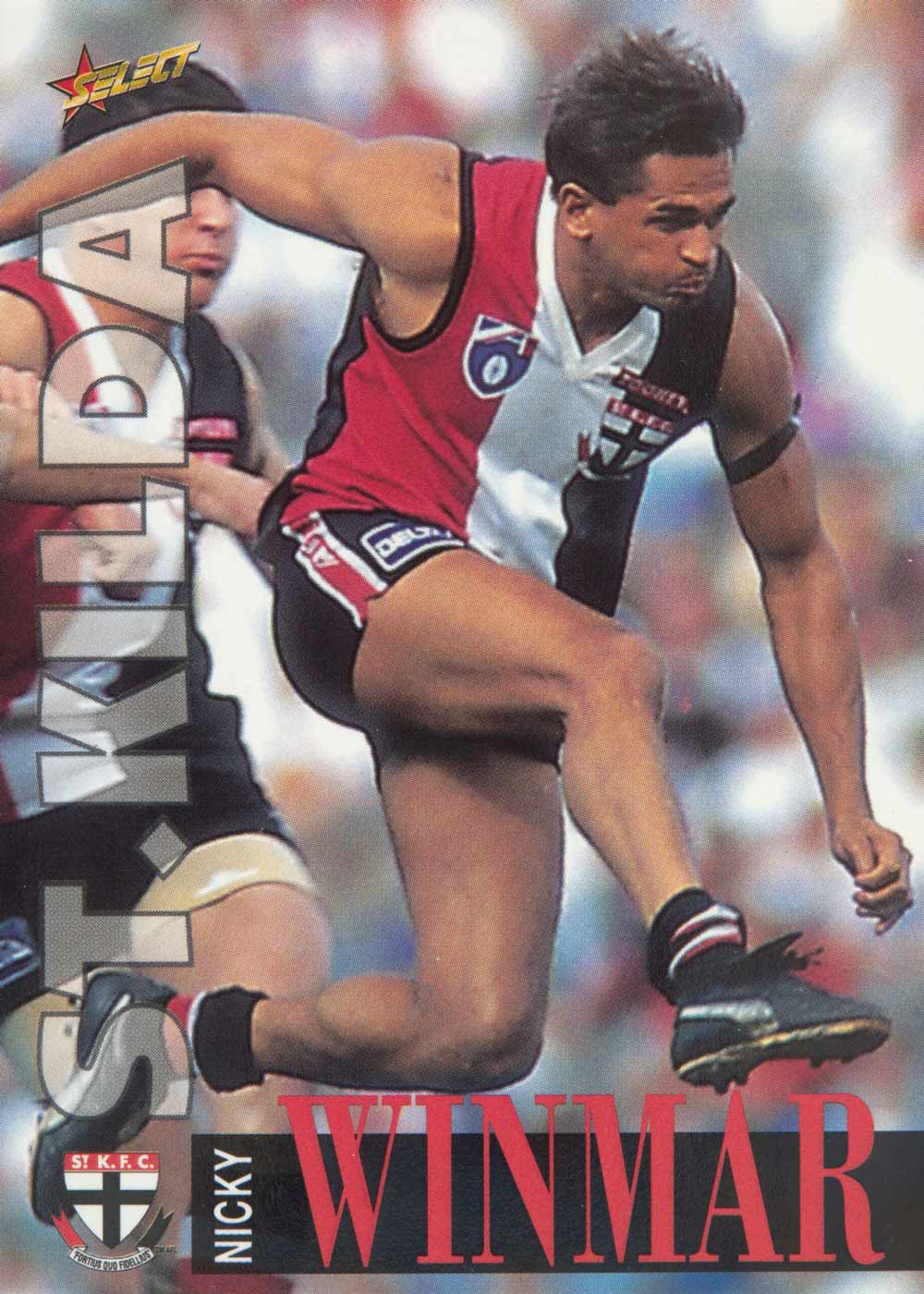
St Kilda versus Collingwood
On Saturday 17 April 1993 the AFL teams Collingwood and St Kilda played one another at Victoria Park (Collingwood’s home ground). St Kilda won the close game. Nicky Winmar and Gilbert McAdam, both Aboriginal players for St Kilda, were named ‘best-on-ground’.
After the final whistle some of the Collingwood fans shouted racist comments at Nicky Winmar. In response Winmar lifted his jersey and pointed at his skin shouting ‘I’m black and I’m proud to be black’.
‘It’s something that stands in history, which proves that you can call me all the things you want, you can discriminate against me, say all these things, but I’m still going to be black, I’m still going to be proud. That’s exactly what the photo symbolises to me. Even today, 20 years later, it highlights how every Indigenous person should feel about their heritage.’
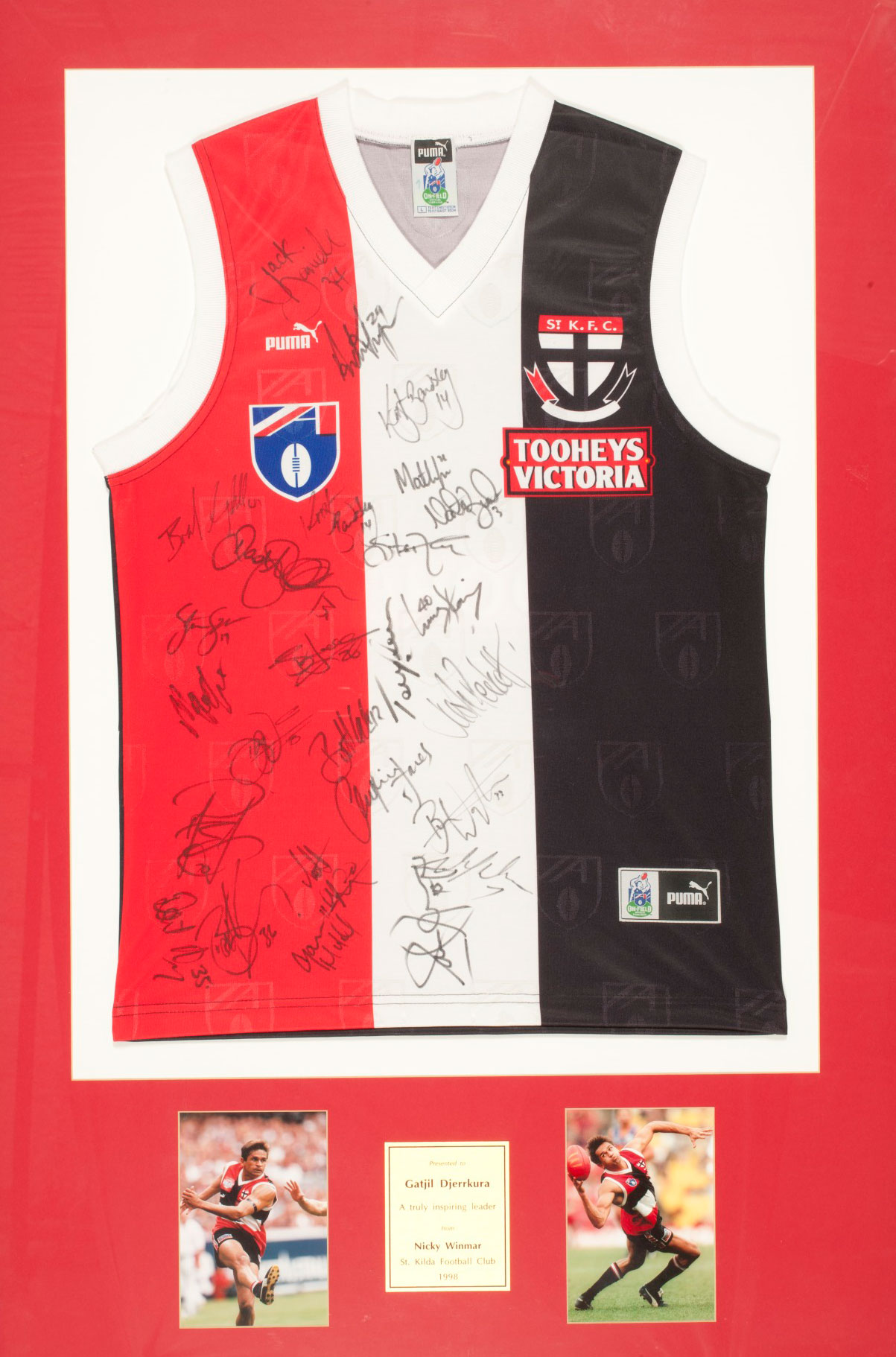
What was the reaction to Winmar’s stand?
Wayne Ludbey (Sunday Age) and John Feder (Sunday Herald Sun) took two photos of the famous moment from different angles. Both photographers had to argue with their editors to get their photos printed in a prominent place in their newspapers. At first there was not much talk about the images but by Tuesday everyone was talking about Nicky Winmar’s stand.
An article in the Age newspaper said, ‘There is no place for racism in football and the AFL must do everything in its power to make sure players, and if possible spectators, understand this’.
By the end of 1993 the AFL had promised to put in place a code of conduct for players and teams.
What is the AFL’s Rule 30?
A draft version of the code of conduct was ready by the start of the 1995 AFL season. But it wasn’t until later in the season, after another incident of racial abuse, that the code was enforced.
The code of conduct included ‘Rule 30: A rule to combat racial and religious vilification’. Rule 30 stated that:
No player … shall act towards or speak to any other person in a manner, or engage in any other conduct which threatens, disparages, vilifies or insults another person … on the basis of that person’s race, religion, colour, descent or national or ethnic origin.
Umpires had to report racial abuse on the field and teams could be fined $50,000 if their players racially abused others.
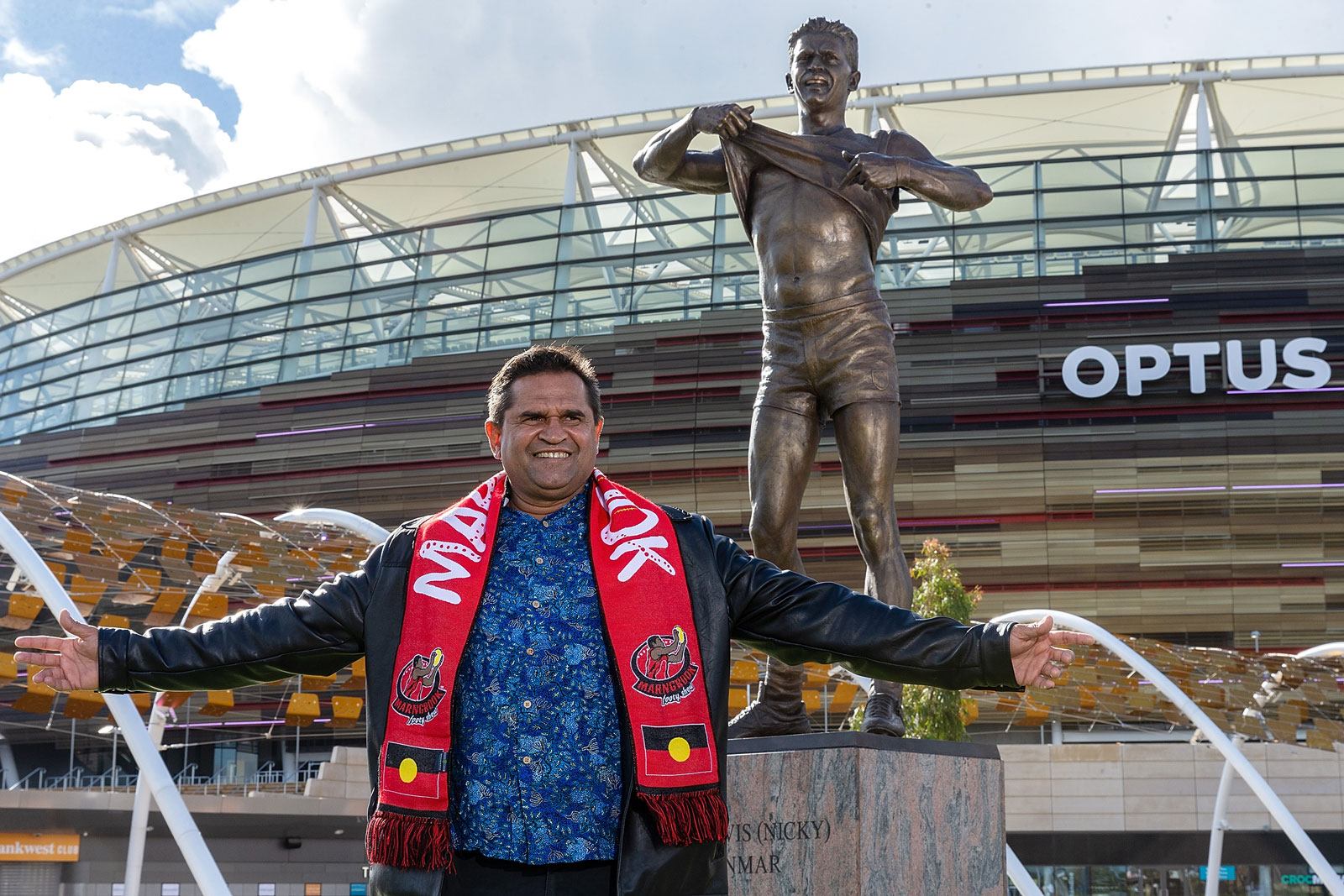
What is the legacy of Winmar’s stand?
Nicky Winmar’s stand started an important national conversation on racism in sport. This led to the creation of Rule 30, which was the first time that racist abuse had been officially outlawed within an Australian sport. It sent a message that racism would no longer be accepted in the game or the culture around it.
Racism persists in the game, as demonstrated in 2013 when Sydney Swans player Adam Goodes was vilified by a 13-year-old spectator. In 2023, Western Bulldogs player Jamarra Ugle-Hagan lifted his shirt in a gesture similar to Winmar, after being racially abused by a fan at a game and on social media.
Read a longer version of this Defining Moment on the National Museum of Australia’s website.
Research Task
Read a more recent defining moment about Adam Goodes, another Aboriginal footballer. What are the similarities and differences between the two stories?
 What did you learn?
What did you learn?
1. Who is Nicky Winmar?
2. What happened at the end of the AFL game between Collingwood and St Kilda in April 1993?
3. How did Winmar’s actions change the AFL?






